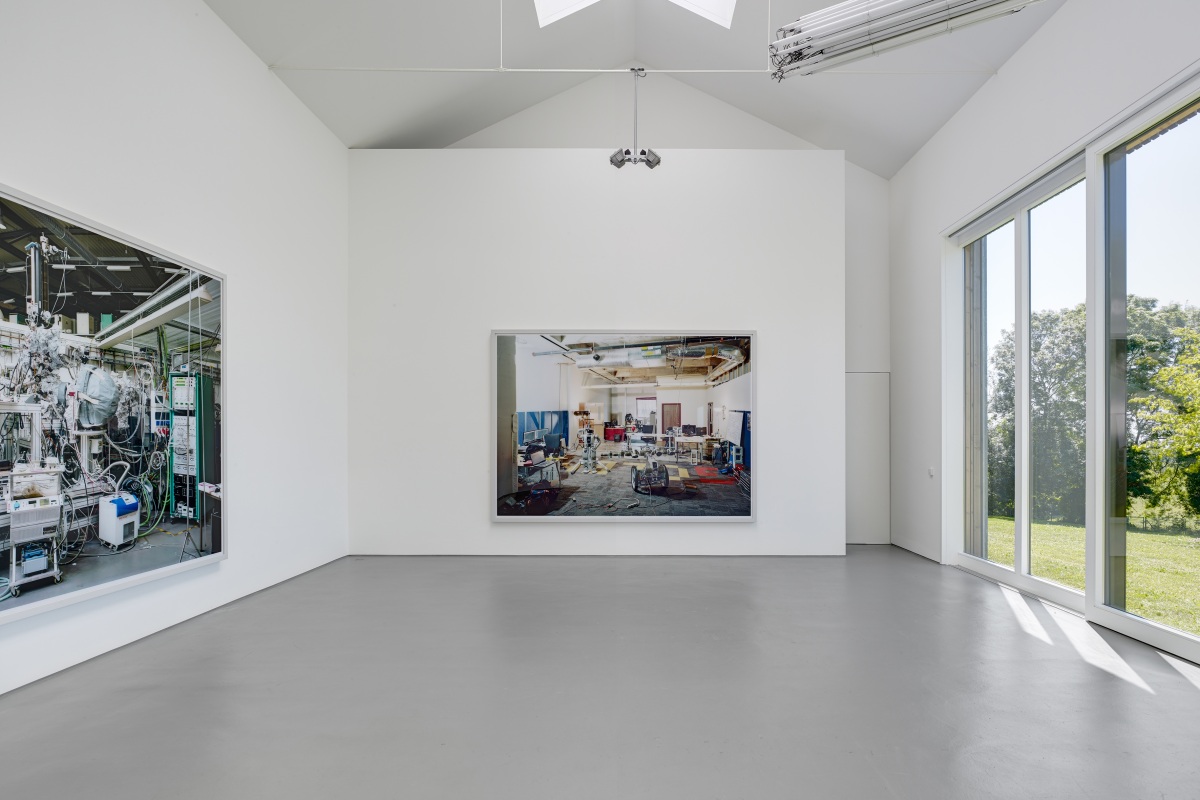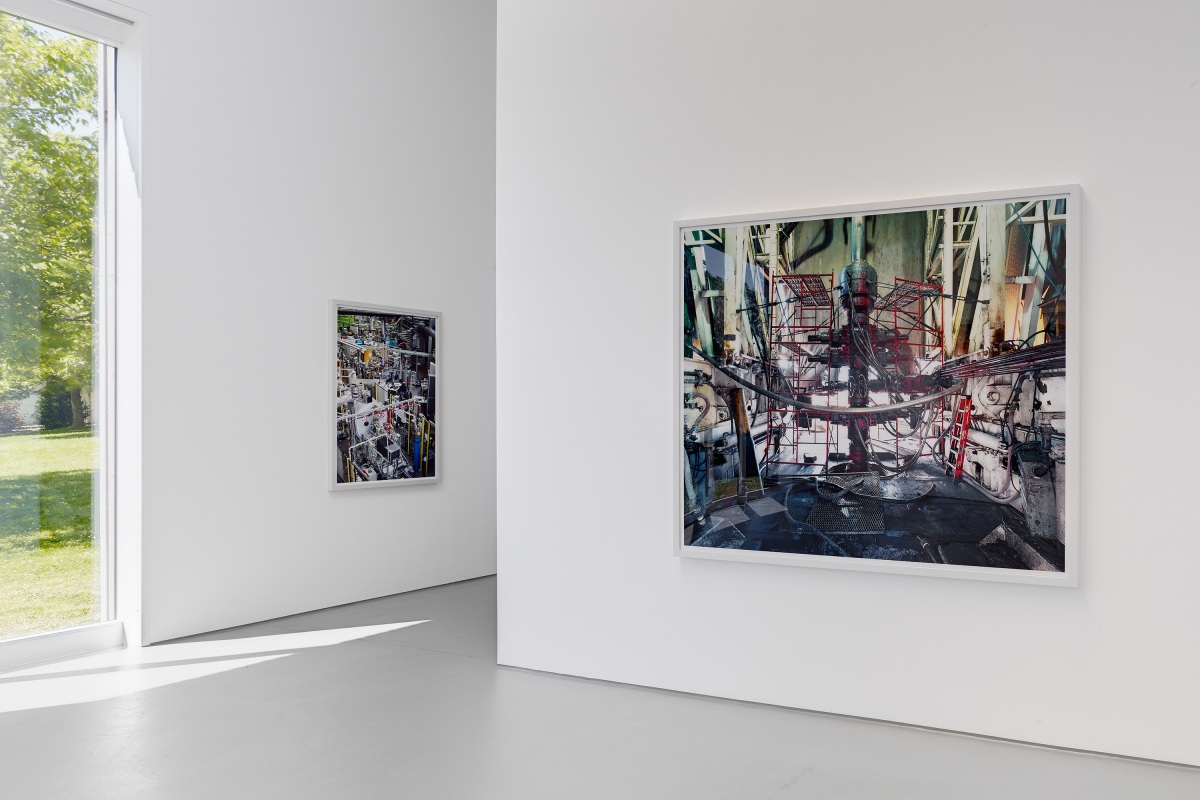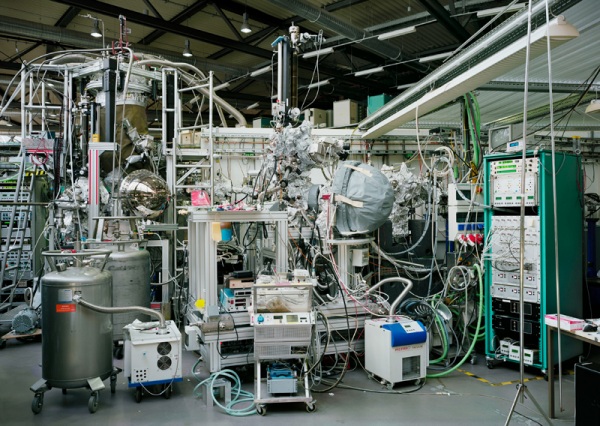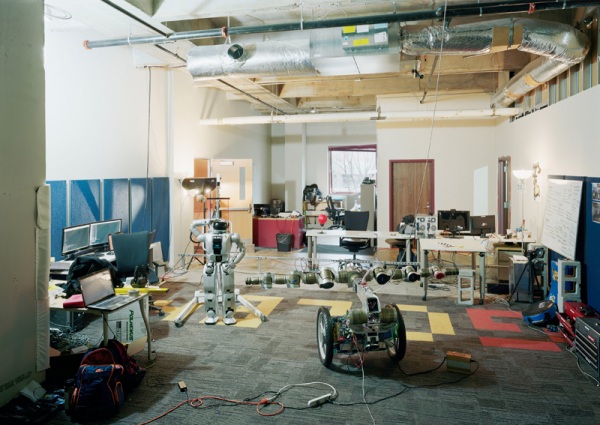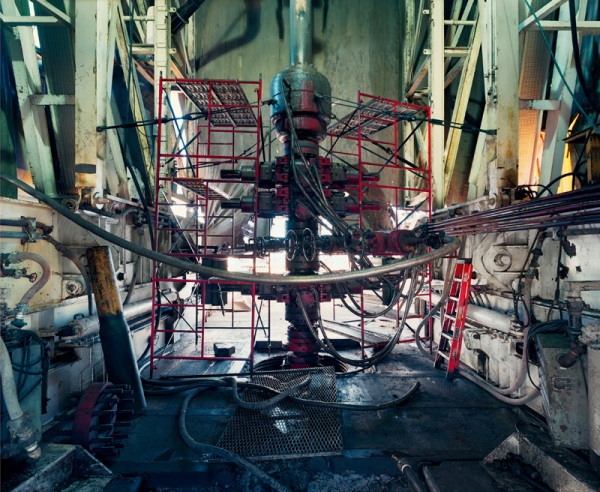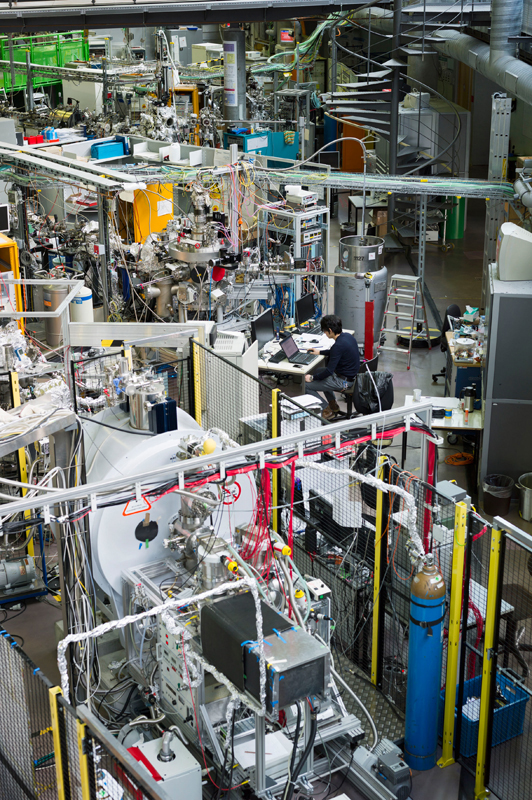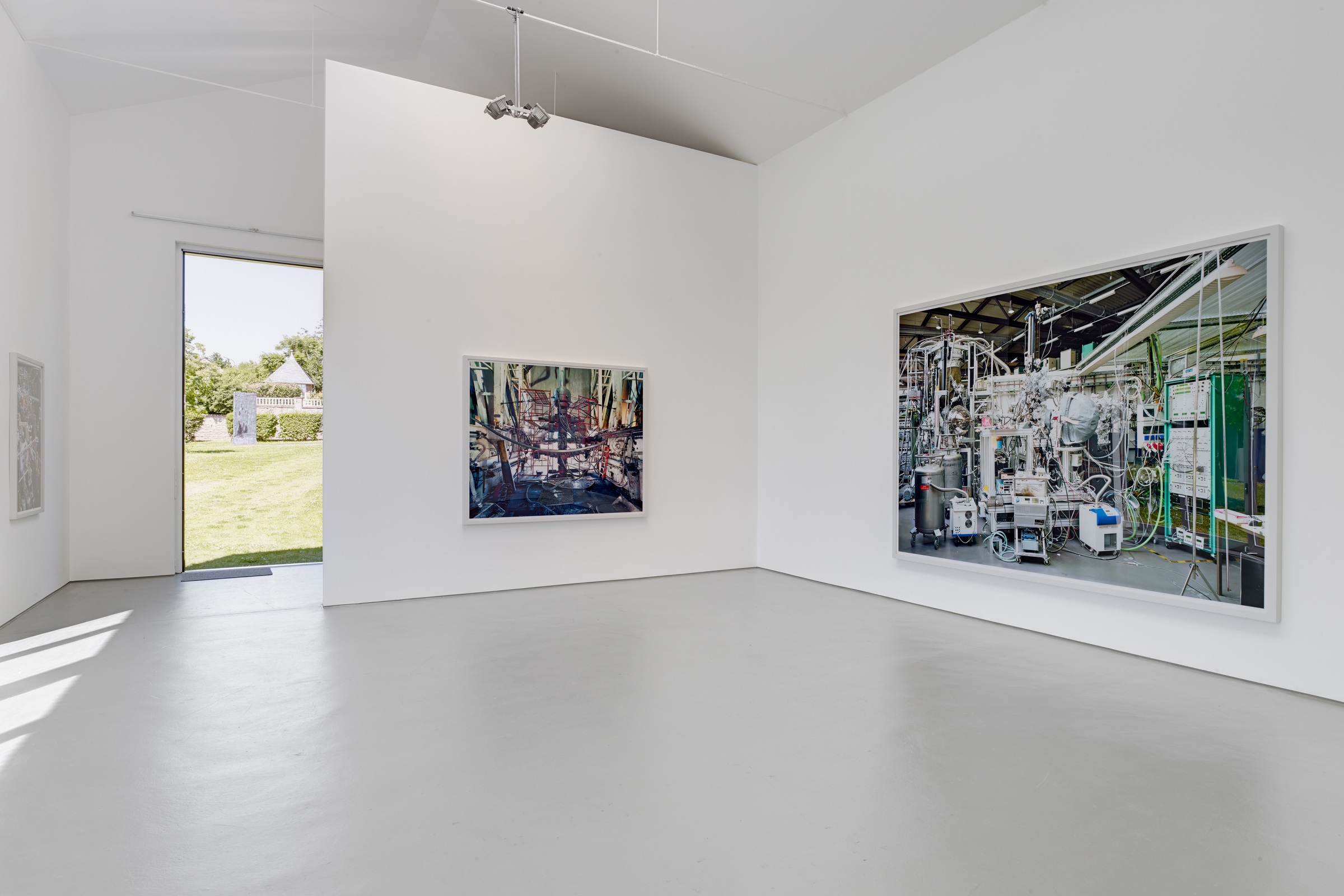Events
Thomas Struth
27 JULY – 24 AUGUST 2013
We are happy to announce the first summer exhibition of Stiftung zur Förderung zeitgenössischer Kunst in Weidingen (Foundation for the Promotion of Contemporary Art in Weidingen), featuring new photographs by Thomas Struth.
The artist’s ongoing series are characterized by a careful observation and a relation between viewer and the viewed, reconciling forms of documentation and contemplation: In his initially black-and-white, later coloured cityscapes he accurately observes the unique character of streets in Japan, Europe and America; his portrait series of individuals and families exemplify his belief in photography as a tool of scientific origin for psychological exploration; the well-known Museum Photographs (1989–2005) emphasize the museum visit as a complex social ritual of seeing and being seen and examine the survival of works in public collections.
In the past fifteen years Struth has expanded his photographic repertoire continuously to include landscapes such as jungles, deserts and forests, ultimately themes like industry, science, energy and globalization have been added. These latter aspects are subject of a series, developed from 2007, from which recent works will be presented in this exhibition. The large-scale photographs give insight to ‘hidden’, publicly inaccessible places of technology, industry and science. Although these locations are recognizable as places of industrial and technological progress, their concrete function remains mostly unknown and a clear identification seems to be impossible.
Thus, in Blowout Preventer, Mountrail County, North Dakota 2010, it is not directly evident that the depicted machinery is a plant to prevent gas eruptions which is employed with the recently discussed fracking method. Also, the measuring device for electronic structures of typological insulators, correlated materials and super conductors which achieves results of particularly high resolution, shown in the photographic work Cluster Trap, Helmholtz- Zentrum, Berlin 2012 may not be part of the general knowledge of an uninitiated viewer.
The documentary aspect thereby fades into the background. The viewer’s eye rather orients itself on the form and colour structures of the photographs. Especially in the context of the gallery space, they become abstract, nearly painterly compositions or images of anonymous sculptures. At the same time they remain impressive manifests of the present, which document human ambition and the progress of today’s industries.

